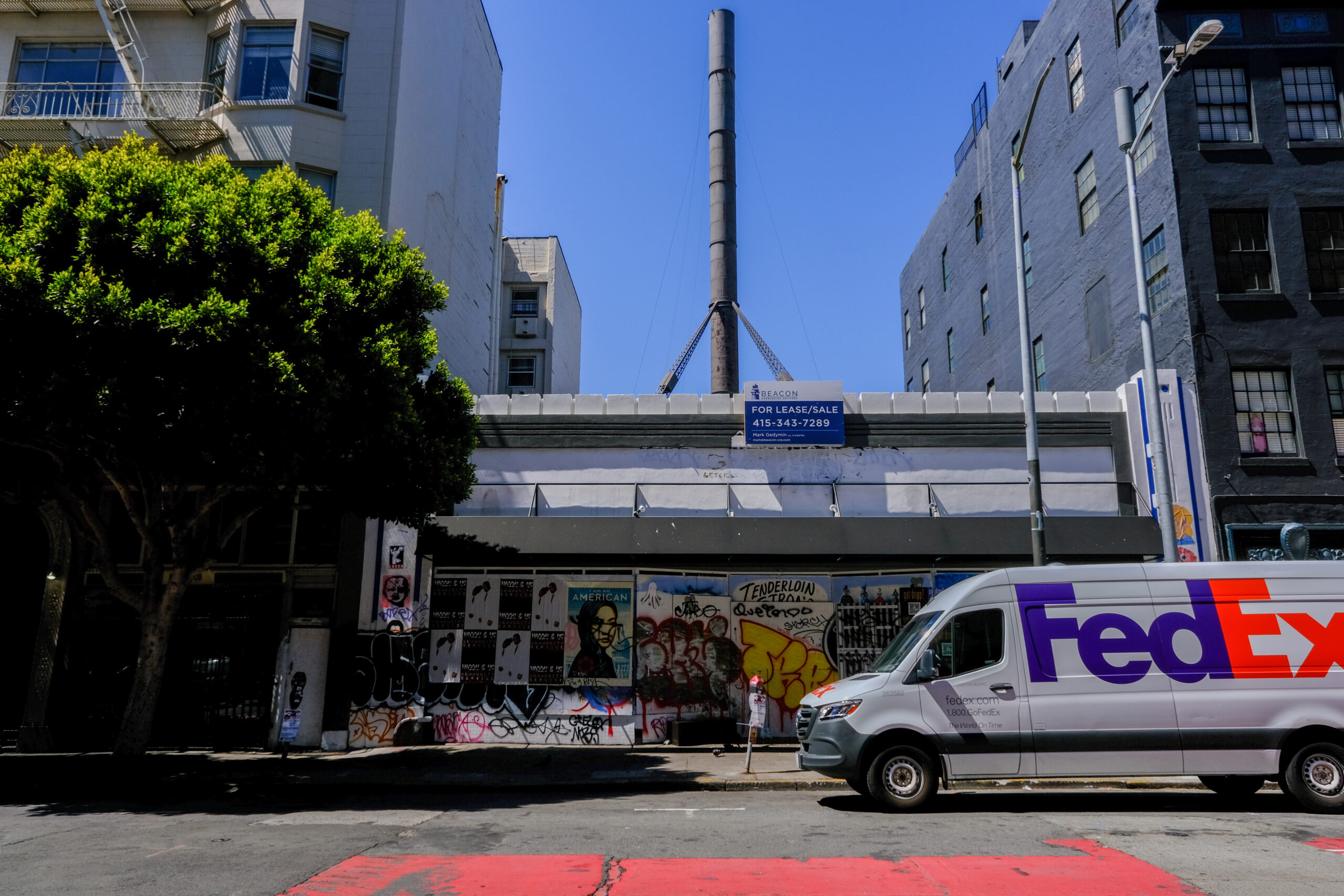The city’s flailing efforts to confront a deadly surge in drug overdoses took another step Tuesday when the Board of Supervisors approved the purchase of two contiguous buildings in the Tenderloin that will likely serve as the city’s first “safe consumption” site for drug users.
The site would offer a place for people to use drugs while also offering overdose prevention and other social services. Advocates say such facilities are key to reducing overdose deaths, though others worry that they ultimately condone or even encourage dangerous drug use. They are illegal under federal law.
New York last month became the first city in the country to open overdose prevention centers, offering two sites staffed with medical professionals. In the first two weeks, more than 300 people have used the centers and 28 overdoses – some likely fatal — have been reversed, Mayor Bill de Blasio told Inside City Hall on Monday. Such facilities also have a track record in Canada and Europe.
New York recorded more than 2,000 overdose deaths in 2020. San Francisco, which has about one-tenth the population of New York, recorded 511 overdose deaths between January and September of this year, according to the Medical Examiner’s office.
But establishing a safe consumption site in SF still faces obstacles. Department of Public Health officials emphasized the urgency of purchasing the two properties, 822 Geary Street and 629 Hyde Street, during last week’s budget and finance committee meeting, acknowledging that a full community outreach process had not been completed.
Supervisor Matt Haney, who represents the Tenderloin, introduced an amendment during Tuesday’s meeting to stretch out the community outreach period. He insisted that no decision had yet been made on how the city would use the properties.
“The board is not authorizing any specific use of this property or committing to a specific project,” Haney said at Tuesday’s meeting. “The city is seizing the opportunity to acquire the property, but it’s still exploring all potential uses of the site and is not committed to a specific use or project on the site.”
But Supervisor Aaron Peskin, the only supervisor to vote against the purchase, argued that Haney’s amendment further obscured the intended use for the buildings.
“We all know that the acquisition of this property is for a [safe consumption site],” Peskin said. “I don’t think any of us can support [this amendment] with a straight face because it’s not accurate, true or correct … Many of the surrounding Tenderloin residents and struggling small businesses are just now becoming aware that this project is being fast-tracked without a real plan.”
The SF safe consumption site has no current timeline, according to the Department of Public Health, though the Supervisors’ budget and legislative analyst cited September as a likely opening date.
San Francisco’s move to purchase the two Tenderloin properties followed an impassioned press conference by Mayor Breed earlier Tuesday, during which she told reporters that the city would be abandoning its lenient approach to drug use. Breed vowed to increase police presence in the Tenderloin, crack down on illegal street vending and increase law enforcement surveillance capabilities.
Breed said that with increased enforcement measures comes a need for outreach workers and police to collaborate on issues that involve mental health and drug use. In November, Breed called for a change to state law to expand involuntary mental health treatment.
The social services agencies that do much of the work with people struggling with homelessness and addiction are often staffed by people who don’t believe that law enforcement is part of the solution. Breed told reporters on Tuesday that it’s “important” for social services agencies to learn to work with the police.
Homeless advocates argued that the mayor is pouncing on harmful policing measures before fully investing in harm reduction strategies. Some protested by unraveling banners from the city hall balcony that read ‘Keep SIP’s Open,’ referring to the “shelter in place” hotels that housed many homeless people during the pandemic.
“An increase of officers is going to be a far greater cost,” said Jennifer Friedenbach, director of the Coalition on Homelessness. She advocated more funding of the Compassionate Alternative Response Teams, which she said “would be a lot more effective strategy to address the despair that folks are experiencing.”
Vince Bielski in New York contributed to this report.
